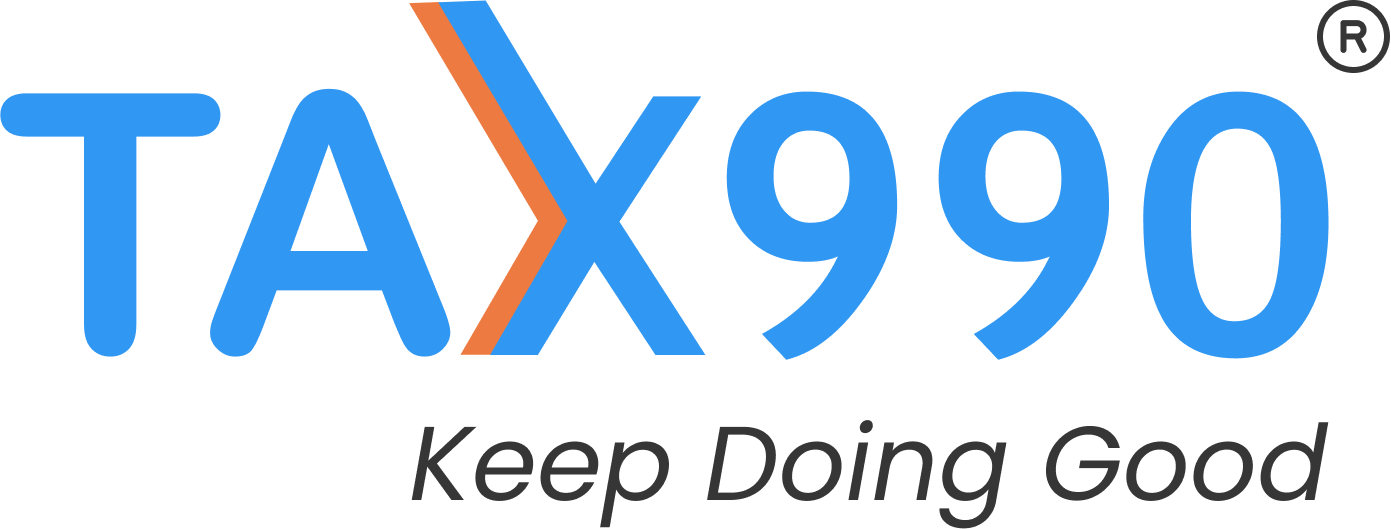5 Things Nonprofit Organizations Should Do To Meet Their Form 990 Deadline
Estimated reading time: 11 minute(s)

All nonprofits recognized by the IRS under section 501(c)(1)-501(c)(29), 4947(a)(1) as tax-exempt have an obligation to file a 990 return every year. This form is a way to report their financial information and their activities to the IRS. Some organizations may also have to file Schedules, which go into more detail about certain information that was reported on the 990 forms.
Filing this form can be a huge task for everyone, including repeat filers. To help you e-file your return successfully, we’ve put together a checklist of 5 things nonprofits should do ahead of their filing deadline.
1. Gather all of your organization’s information before starting
Not only will this allow you to file the correct information, but it will also save you time. The information you’ll need includes:
- Revenue, expenses, assets, liabilities, and other financial information
- Organization gross receipts
- Program service accomplishment details
- Other IRS filings and tax compliance requirements
- Details of key personnel, governing body, and management details
Be sure to double-check your information to ensure that it is all correct. Incorrect returns can result in 990 penalties from the IRS.
2. Choose the appropriate form
Filing the right form for your organization is extremely important. Filing the wrong form can result in penalties. Here’s a quick overview of the 990 forms:
- Form 990-N is intended for organizations with gross receipts below $50,000
- Form 990-EZ is intended for organizations with gross receipts below $200,000 and assets below $500,000
- Form 990 is intended for organizations with gross receipts ≥ $200,000 or assets ≥ $500,000
- Form 990-PF is intended for private foundations
- Form 990-T is intended for organizations that earn $1,000 of unrelated business income during their tax year.
3. Double Check Your Deadline
The most important part of filing a 990 return is filing it on time. Missing your deadline can also result in penalties.
Most 990 forms are due on the 15th day of the 5th month after your tax year ends. If you follow a calendar tax year, your deadline will be May 15th. If the deadline falls on a weekend or holiday, it will be moved to the next business day.
You can find your 990 filing deadline and more information here.
4. Get an Extension if You Need More Time!
You may not be able to gather all the required data before the deadline. If you’ve run out of time, you can request a 990 extension from the IRS rather than miss out on the deadline and face hefty penalties.
Form 8868 is the 990 extension form. Filing this form will result in an automatic 6-month extension on your deadline.
5. Choose the right e-filing program for your organization
The IRS mandates that all 990 forms be filed electronically. These filing programs are authorized by the IRS to participate in their e-filing program. At Tax990, several helpful features are offered to enhance the filing process.
- We include 990 Schedules for free when required. Our system automatically adds them to your return based on the information you enter.
- If you file with Tax 990, you can use our team member invite feature to give form access to team members, board members, or other employees. They can help you prepare your return or review and approve it before you transmit it to the IRS.
- We also provide step-by-step instructions for each form, and our website features guide for them as well. You can explore our knowledge base full of FAQs and trending questions about 990 forms.
- We have a dedicated customer support team available from Monday-Friday from 8:30 AM – 5:30 PM EST via email – [email protected], phone – (704) 839-2321, and live chat.
- Most importantly, Tax990 is a safe and secure software that will keep your information between us.
Filing early is always a good idea. Additionally, Tax990 offers clients on our email list 10% off coupons if they file between the 1st and 7th of the month. You can create a Tax990 account for free now and take advantage of all of our great resources and tools.
Get started now at Tax990.com!



